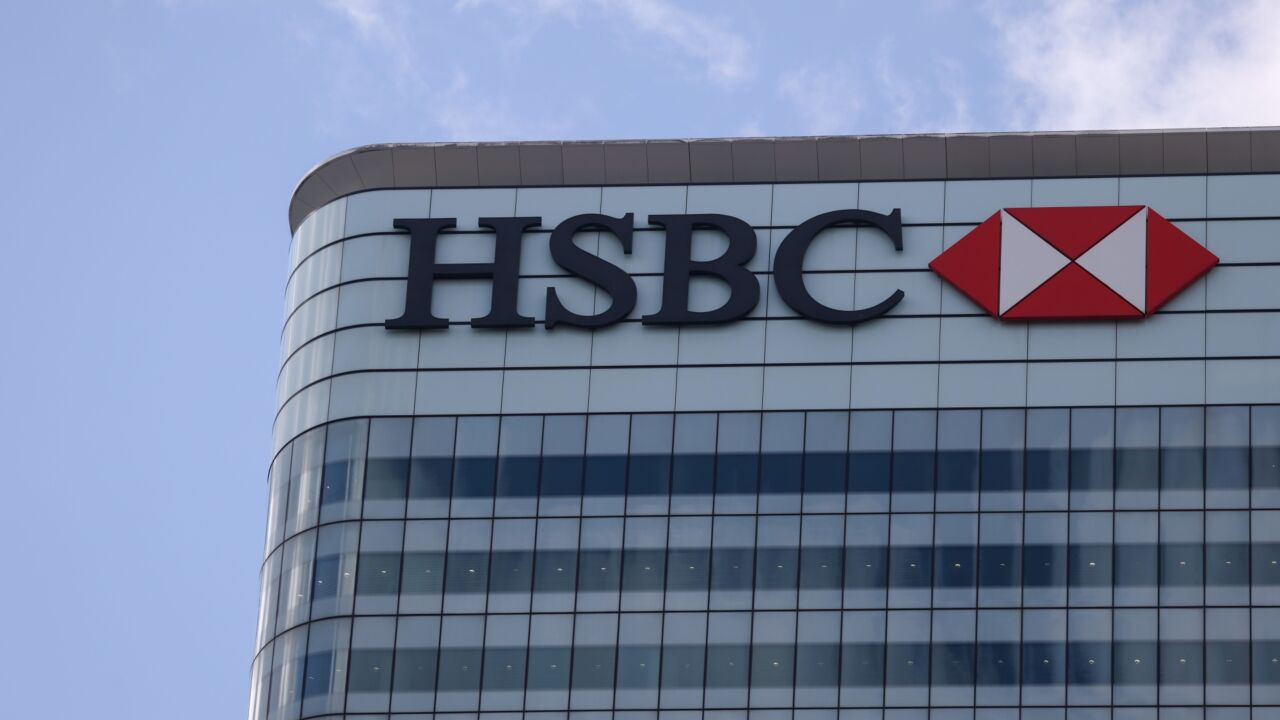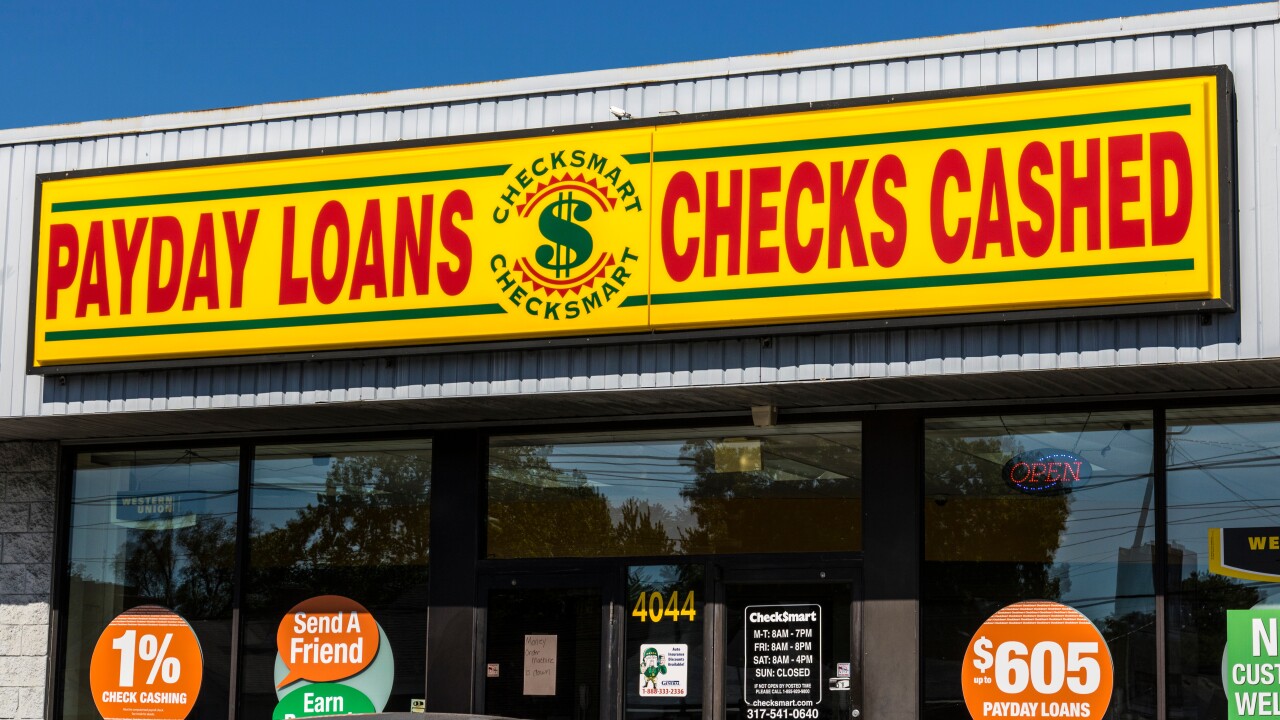The coronavirus-induced hit to consumer spending didn’t come until late in the first quarter — but it was swift and severe when it arrived.
Bank of America and Citigroup, among the nation’s biggest consumer lenders, are bracing for harsher conditions when it comes to spending and deteriorating credit quality.
While deferments helped avert an immediate hit to credit quality, leaders at the banks, like their counterparts at JPMorgan Chase and Wells Fargo a day earlier, warned that more consumer loans will sour. The severity will hinge on the duration of the pandemic and any lingering impact on the economy.
“Given the rise in unemployment claims, we do expect consumer losses to increase later this year and potentially into 2021,” Brian Moynihan, Bank of America’s chairman and CEO, said during a Wednesday conference call to discuss first-quarter earnings.

“We view it as a recessionary outlook — we wouldn’t describe it any other way,” added Paul Donofrio, BofA’s chief financial officer.
The situation is extremely fluid, industry experts said.
“It’s probably going to be an even tougher environment on consumers than we thought maybe three weeks ago,” said Jeffrey Harte, an analyst at Piper Sandler. “You’ve got a wild card" with federal government support and mortgage forbearance, "but how much is that going to help?”
The first indication of consumer stress at Bank of America came in mid-March, when discretionary spending fell sharply. Credit card use has dropped off even more in recent weeks as stay-in-place orders set in.
Average credit card balances at the $2.6 trillion-asset company fell by 0.5% in the first quarter from the end of 2019, to $94.5 billion. Weekly spending in mid-April is down about 15% from average levels before the crisis began.
“Given the significant drop in card spending, we expect card balances to decline further in” the second quarter, Denofrio said.
Revenue in BofA’s consumer banking division’s fell by 5% from a year earlier, to $9.1 billion.
Card spending also fell sharply at Citigroup, Chief Financial Officer Mark Mason said during the $2.2 trillion-asset company’s earnings call.
“I would expect there to be continued pressure on purchase sales volumes through most of the second quarter in light of the way this is persisting,” Mason said. “That should play out ultimately on loan volumes.”
Some lenders are looking to tap the brakes with some consumer products.
Goldman Sachs said on Wednesday that it will become more conservative offering credit to U.S. consumers. Both its consumer installment loans and its credit cards, issued in partnership with Apple, have been available to consumers with subprime credit scores.
Before the pandemic, some investors were anxious about Goldman’s ability to navigate the consumer credit cycle. Last year the New York investment bank tightened the reins in its Marcus installment loan business. But its Apple Card portfolio, launched in August, had grown to $2 billion by January.
“We’ll return to grow that book once this sort of circumstance and market volatility passes,” Chief Financial Officer Stephen Scherr said during the company’s Wednesday’s earnings call.
While credit quality has held up relatively well, it will likely be short-lived.
At Bank of America, net charge-offs for consumer loans rose by 4.4% from a year earlier to $872 million. Citigroup reported that net credit losses in its global consumer business increased by 6% to $1.9 billion.
A big reason for initial stability was the decision to quickly approve deferments for mortgages, credit cards and auto loans, Moynihan said. Federal stimulus programs could help curb delinquencies in the second quarter.
BofA has received hardship requests tied to about 3% of its credit card accounts and 5% of its mortgages. In comparison, 16% of its small business accounts submitted requests for leniency.
Moynihan said a languishing economy and soaring unemployment are bound to take a toll on consumers, resulting in markedly higher loan losses.
“Obviously, there are many unknowns,” Donofrio added, including the effectiveness of federal stimulus and BofA’s deferral efforts. “The biggest unknown is how long economic activity and conditions will be significantly impacted by the virus.”
Michael Corbat, Citigroup’s CEO, had a similar assessment.
“Looking forward, there are too many unknowns to count — the path the virus will chart, whether there will be successful interventions, the action government leaders will take to either reopen the economy or put in place measures that will further restrict it,” Corbat said.
“We also have to bear in mind that COVID-19 is a new disease and the medical guidance continues to evolve as you would expect,” he added. “But I feel confident in our ability to manage through whatever scenario comes to pass."
Citi’s position on credit quality is evolving, given the circumstances, and Mason said the company expects "additional increases in credit reserves if [the] outlook deteriorates further."
During the quarter, BofA added $4.8 billion to its loan-loss allowance, while Citigroup set aside $4.9 billion. Other large banks have reported similar moves to prepare for the fallout from the pandemic.
While “not alarming … the numbers are still stunning,” Julien Courbe, the financial services advisory leader at PwC, said of the reserving building. Historically, loan losses have tended to hit a high-water mark roughly six months after unemployment rates peak, he said.
Job losses are widely expected to pile up into the summer months.
“I believe it is only the start with provisions,” Courbe said.
Kevin Wack contributed to this article.





